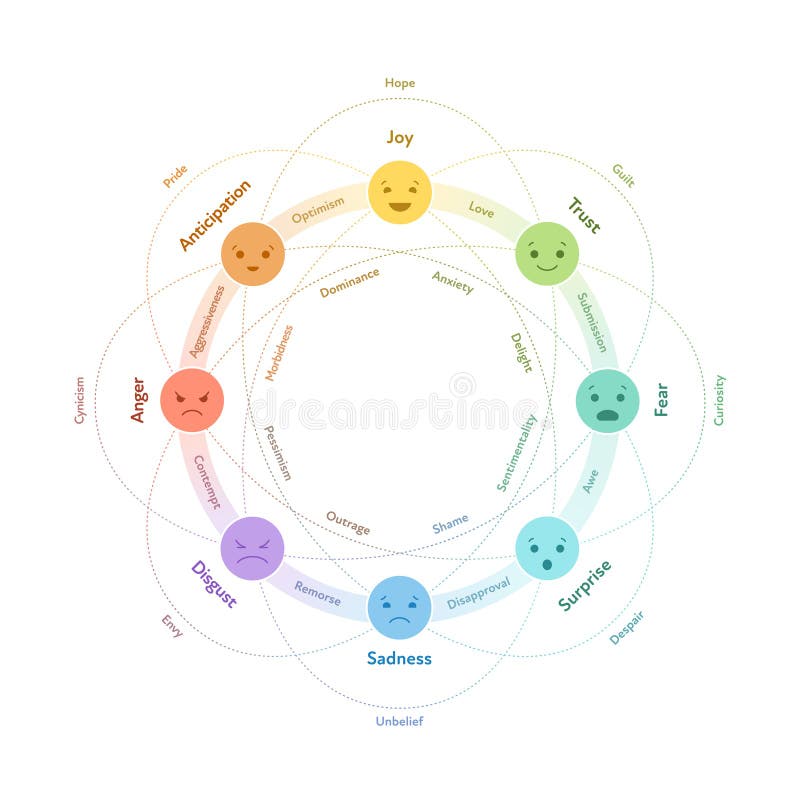
According to Paul Ekman, emotions correspond to six universal facial expressions: joy, sadness, anger, disgust, fear, and surprise. The first step in understanding emotions is to define what, exactly, an emotion is. In any case, it is essential that healthcare providers can adequately understand and respond to their patients’ emotions to best ensure their well-being.

Color lines circle of contempt how to#
Nonetheless, it does not make sense for physicians to remain positive all the time, as they often need to deliver upsetting diagnoses or prognoses, so communication skills training would be useful in teaching them how to give bad news while minimizing detrimental effects to a patient’s mental state. Additionally, emotional contagion has been confirmed by neural mechanisms, because an fMRI study has revealed that observing others’ happiness activates the left anterior cingulate gyrus, while observing others’ sadness activates the right inferior frontal gyrus. To do so, a phenomenon called emotional contagion, or “the tendency to automatically mimic and synchronize facial expressions, vocalizations, postures, and movements with those of another person and to converge emotionally”, can be utilized to invoke certain emotions-a healthcare provider could purposely express positive emotions so that the patient mirrors them. Thus, this underscores the importance of promoting positive emotions in one’s patients. Furthermore, patients who report higher levels of positivity tend to also participate more during health care service encounters, which is beneficial for all parties involved in a clinical experience, improving both perceived quality of service and customer satisfaction. On the other hand, fortunately, positive emotions initiate upward spirals toward enhanced emotional well-being. These negative outcomes are reflected in the emotions of healthcare providers as well, who experience a significant amount of stress that may even increase their likelihood to commit malpractice. Moreover, patients often feel a sensation of powerlessness and lack of control over their bodies as well as their mental states, which may ultimately result in motivational, cognitive, and emotional deficits, and even depression.

For instance, patients experiencing high levels of anxiety tend to prefer safer (low-risk, low-reward) options, while patients experiencing high levels of sadness tend to prefer more comforting (high-risk, high-reward) options. Unfortunately, these heightened emotions are likely to have a negative effect on patients, and influence the choices they make. A patient’s journey involves moving from sub-event to sub-event within one overarching emotion episode (for example, going from an emergency room visit to an inpatient hospital stay) in a state of continuous emotional engagement. Clearly, the emotions felt in these situations are very complex, as evidenced by mixed emotions that may arise concerning a surgery-on one hand, hope that the surgery will successfully treat the patient’s disorder on the other, fear that the surgery could fail and even jeopardize the patient’s life. In particular, some of the most highly emotional experiences for patients arise in healthcare scenarios regarding both acute and chronic illnesses.
Emotions form the core of people’s thought processes, decisions, and actions, so it is crucial to investigate and understand them.


 0 kommentar(er)
0 kommentar(er)
